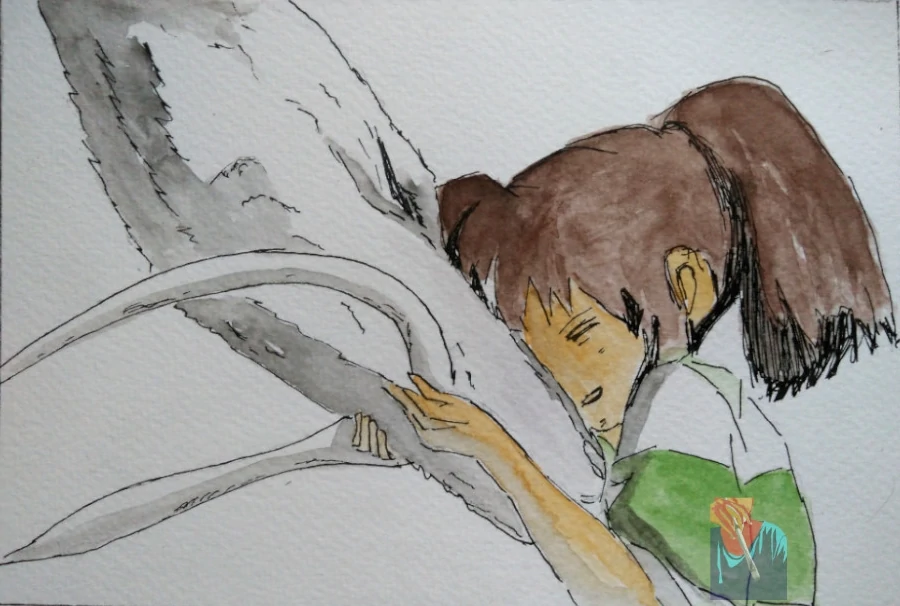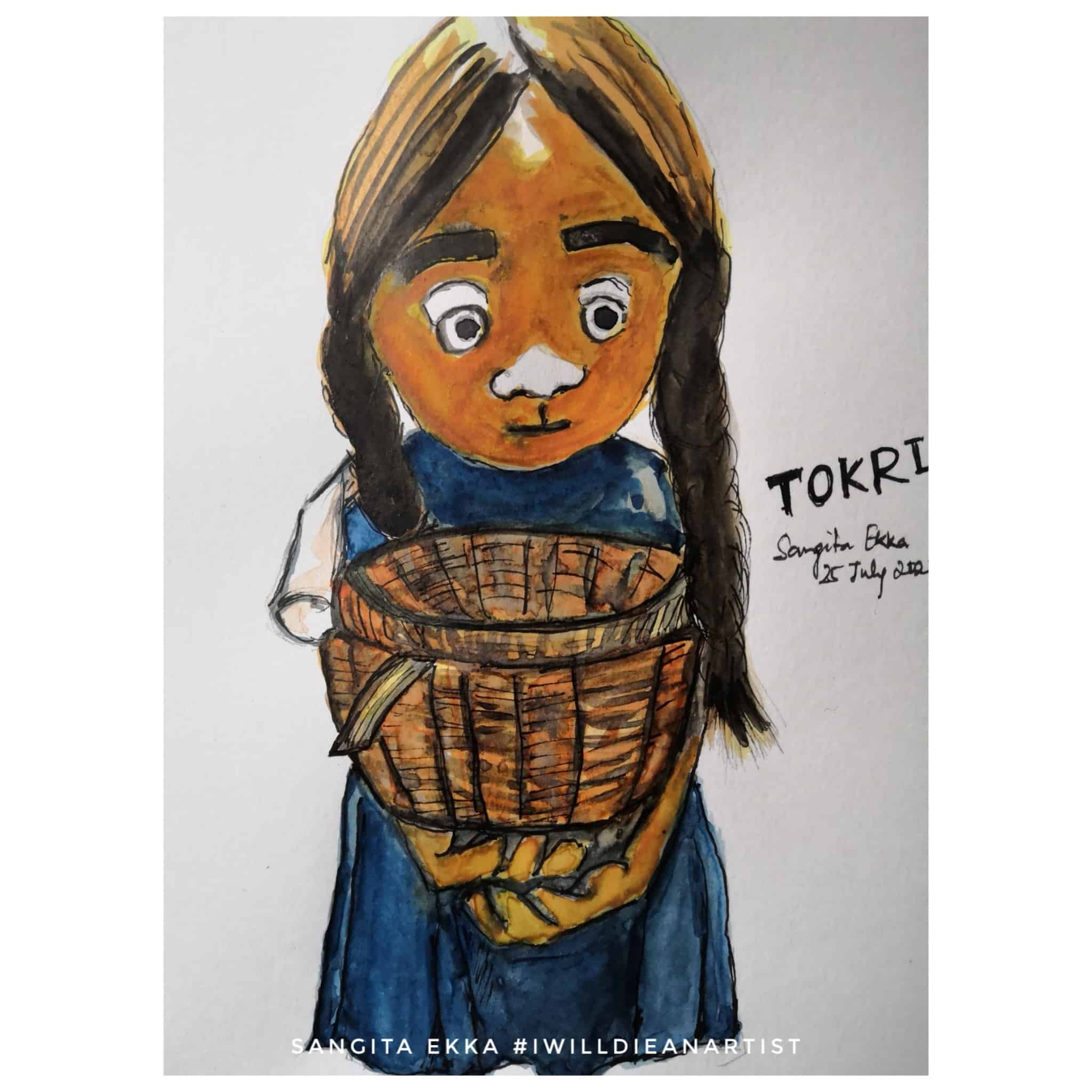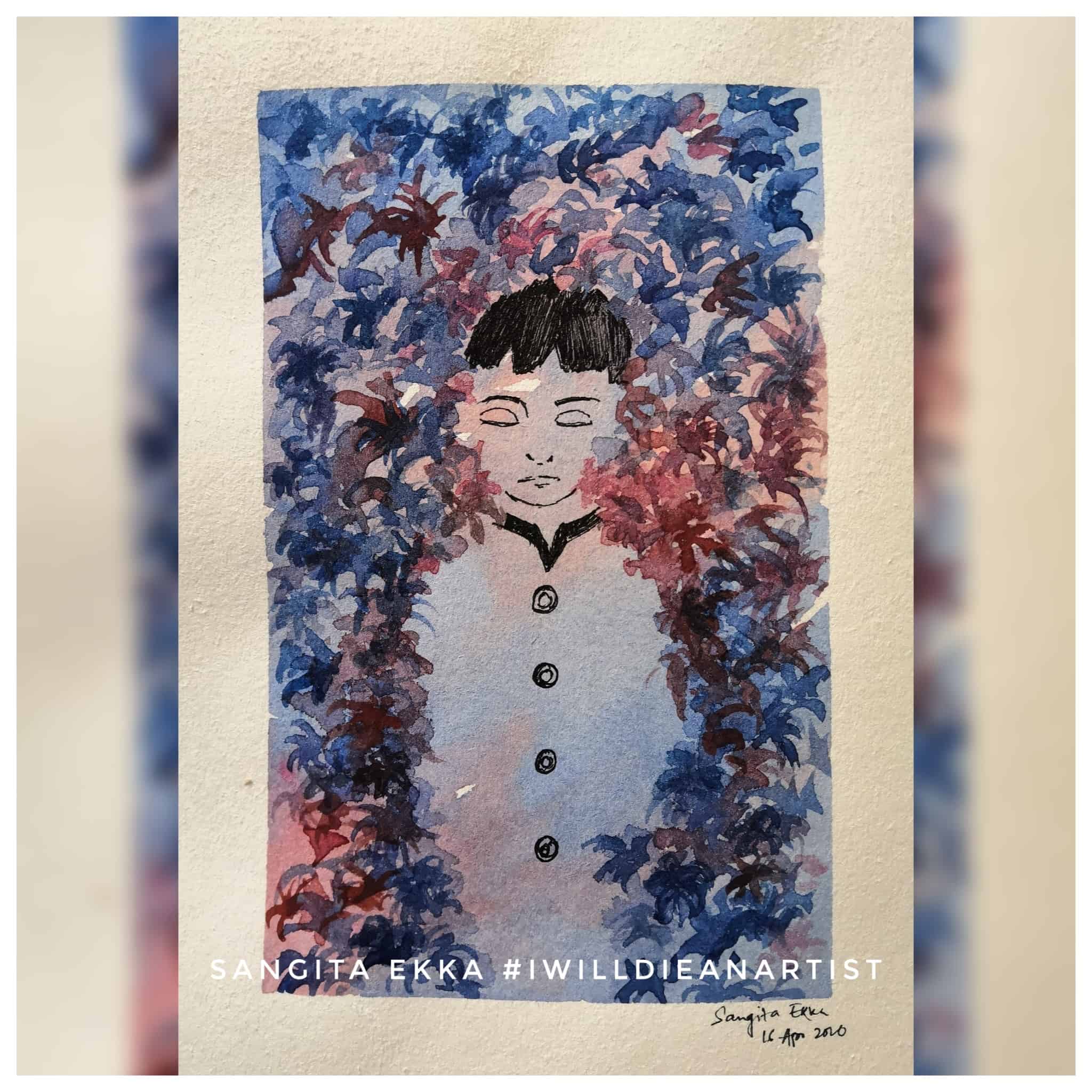Don Hertzfeldt is not a household name, at least not yet. Hence the phrase – It’s such a beautiful day doesn’t strike as a movie in certain corners of the world.
Two-time Academy Award nominee, Don’s animation style is a dichotomy of philosophical sophistication conveyed through the simplicity of stick figures.
It’s Such A Beautiful Day is an hour-long compilation of his earlier works – Everything Will Be OK, I Am So Proud Of You, and the titular third section that makes the final part.
This film is available on his YouTube channel for member subscription and on Vimeo with rent/buy options.
The simplistic approach to filmmaking
It’s Such A Beautiful Day was released in 2011 as an independent section and later listed on Netflix as an anthology.
Forming the first impression as an amateur’s take, the film slowly takes the audience on a wild emotional ride as the protagonist experiences living with mental illness.
Don introduces Bill in white blobs against pitch-black frames. Simple drawings go in and out of vision as if restricting the viewer from gaining the whole picture.
He ensures that we only pay attention to things that Bill notices at a given moment – demotivating t-shirt quotes, plastic bags, birds, “everything will be ok”.
Don sets the context of mental illness early in the film, and every horrid manifestation from Bob’s imagination takes shape through pencil drawings.
Addressing dementia
Animation films depict shards of mental health but rarely set a theme for a movie. Adapted from Eto Mori’s book – Karafuru (Colorful) is a rare gem that portrays teenage depression.
Don approaches this theme differently.
Bill is not a teenager; he is an adult.
The subtleties take a backseat, and Bill’s awkwardness is evident from the first frames. From greetings strangers with – “weh” to overthinking, repeated actions, and hallucinations, Don captures his daily struggles and sufferings.
For a viewer who cannot relate, Bill’s fall into dementia can make you hug yourself while he goes in and out of hospital beds, longs for connections and love, hallucinates, and forgets things.
Making it real
WHO reports that every year 10 million people are identified with dementia.
In Bill’s first hospitalization scene, he’s fascinated by the beautiful sunlight streaming through the window and wants to reach it. But he couldn’t; he was weak and fell the moment he left his bed.
Don makes a strong “thud” in this scene, and suddenly, Bill ceases to be a weightless 2D stick figure. He becomes a living, breathing entity who is perhaps sharing a room with us.
It’s Such A Beautiful Day cleverly uses color to convey emotions. The movie has a befitting monochromatic theme, but now and then, Don introduces a bit of colour or a sound that ties the story to reality.
And still, Bill will live on…
Despite the disturbing aspects and the blatant illustration of everything horrid that crossed Bill’s head, beauty and vulnerability are scattered throughout the film.
Bill notices a random – “I love you” on the playground sand, the texture of the grass and his mother, who suddenly looks very old to him.
Don leaves these little pockets of his humanity as Bill eventually realizes – he wants to experience life in every flavour and form. The movie ends on a heartwarming note on what it means to live truly.
In Conclusion
Don Hertzfeldt has a gift for conveying complex philosophical thoughts in a fashion that the masses can understand. This very nature of his films makes it difficult to articulate what I can talk about it.
It’s Such A Beautiful Day is immensely depressing but also strangely beautiful. His drawings, animation style, and language are simple but emotive.
The viewer almost becomes Bill, living his reality, questioning it, and I guess that’s the highest form of art an artist can aspire to.
AD



